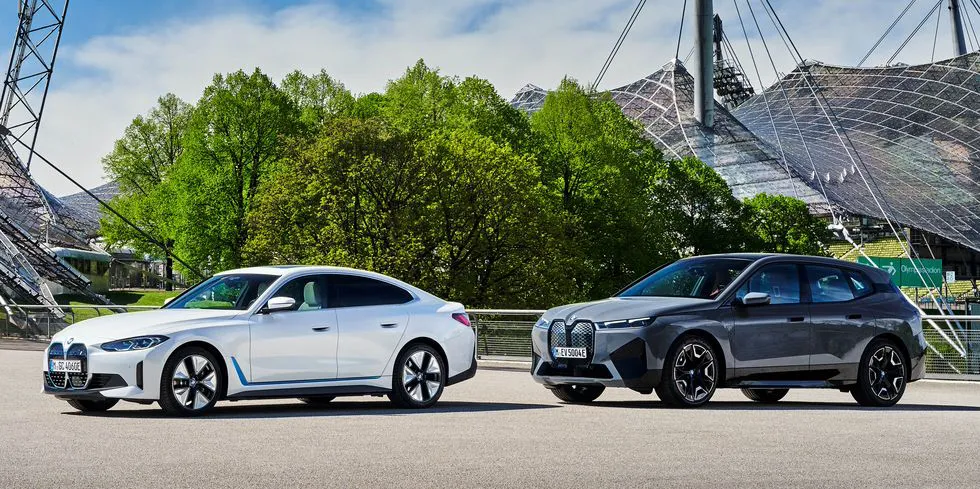By Wang Xuan
“The electrification transformation of BBA” has always been a tear-jerking topic, and two common pain points for their three electric products are range and price. Currently, the price of the domestically produced BMW iX3 has dropped to a similar level with the same level of gasoline-powered models, while the prices of the Mercedes EQC and the Audi e-tron are still high. At the same time, the maximum range of the three BBA’s flagship electric SUVs given by the Ministry of Industry and Information Technology is only 500 kilometers. In comparison, domestic new energy vehicle brands and Tesla’s products are more popular among domestic consumers. In such a high-pressure environment, it is hard not to feel anxious for BBA’s electric vehicle products.
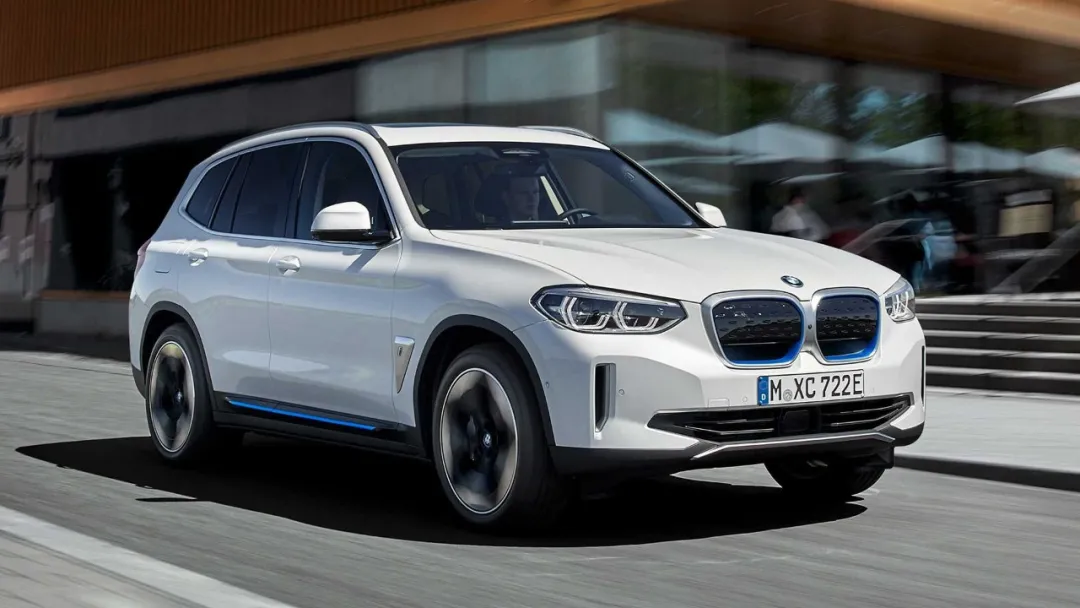
Of course, we can still see users who buy BBA’s electric vehicle products because, under the powerful brand strength, there is still a very large group of consumers paying attention to their electrification products. However, in the past two years, most of them are still observers. China’s new energy vehicle market is still in a period of substantial growth, so it is not too late for traditional luxury brands to step up their efforts. Therefore, BMW brought the all-new i4 and iX this morning.
What is the core competitiveness of BMW i4?
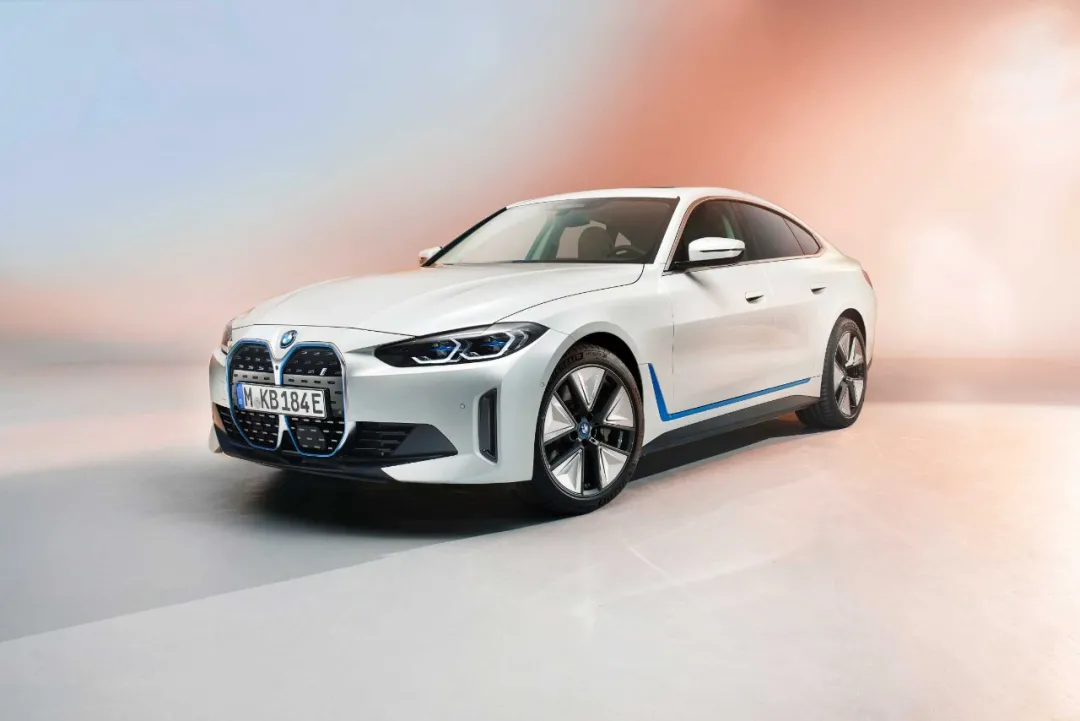
The all-new BMW i4 is equipped with the fifth-generation eDrive electric drive technology. The peak power of the i4 eDrive40 version is 335 horsepower, with an acceleration of zero to 100 kilometers per hour in 5.7 seconds. It is equipped with an 80.7 kWh battery, supports 200 kW fast charging, and has a maximum range of up to 590 kilometers under the WLTP standard.
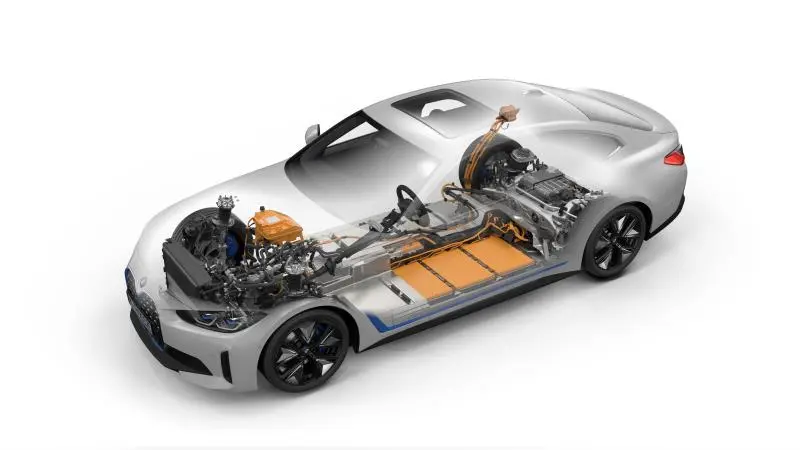
The BMW i4 M50i model is equipped with front and rear double motors and can output a maximum output power of 400 kW/544 horsepower. The peak torque is as high as 795 Newton meters, and the acceleration from zero to 100 kilometers per hour only takes 3.9 seconds. It has a maximum range of up to 510 kilometers under the WLTP standard.
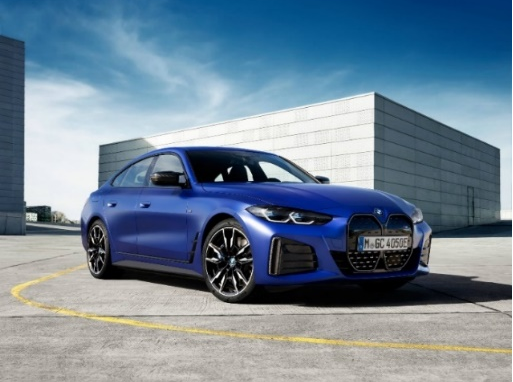 Currently, the BMW i4 is the earliest traditional four-door sedan among the three traditional luxury brands of BBA, and its WLTP range of 590 kilometers brings its underlying strength to the average range level acceptable to Chinese consumers. In order to achieve excellent range performance, BMW’s design team has reduced the i4’s drag coefficient to 0.24, and its excellent aerodynamic performance has increased the range by about 10 kilometers (under the WLTP testing standard). At the same time, the aluminum alloy wheels designed to improve aerodynamic performance are also an important part of achieving outstanding range data.
Currently, the BMW i4 is the earliest traditional four-door sedan among the three traditional luxury brands of BBA, and its WLTP range of 590 kilometers brings its underlying strength to the average range level acceptable to Chinese consumers. In order to achieve excellent range performance, BMW’s design team has reduced the i4’s drag coefficient to 0.24, and its excellent aerodynamic performance has increased the range by about 10 kilometers (under the WLTP testing standard). At the same time, the aluminum alloy wheels designed to improve aerodynamic performance are also an important part of achieving outstanding range data.
On the intelligent level, we can see that the i4 is not simply a purely electric version of the four-door 4 Series. It is equipped with the same iDrive 8 system as the iX, and a floating curved screen. In terms of the vehicle system, iDrive 8 includes more application ecology, such as WeChat car edition, Tencent small scene, and Apple CarPlay. With the BMW Operating System 8.0, users can expand and update vehicle functions through remote software upgrades, which can be completed in as little as 20 minutes.
The question of whether the BMW i4 will reshape the glory of the luxury brand electric vehicle market or repeat past mistakes will depend on the price. According to known information, BMW will open bookings for the Chinese market by the end of 2021. Currently, the price of the BMW i4 eDrive 40 in the United States is $54,500 (approximately RMB 348,000), and the price of the BMW i4 M50i is $65,900 (approximately RMB 420,000). If imported, the total price of the BMW i4 eDrive40, including tariffs, is roughly equivalent to the price of the current BMW 4 Series.Although the price converted from the US market may not be very grounded, what we can feel is that BMW hopes to make the i4 a mass-produced electric sedan. First of all, the 590 km WLTP range can fully satisfy the needs of Chinese consumers. Secondly, the BMW i4 was born as a four-door model (the current 4 Series has not yet launched a four-door version), which can better meet the needs of the general public. The body length, width, height, and wheelbase of the BMW i4 are 4,785 mm, 1,852 mm, 1,448 mm, and 2,856 mm, respectively. The length and wheelbase are between the short and long-wheelbase versions of the current BMW 3 Series, and the ample space can prove that BMW does not want the i4 to be just a toy for a few people. From these two aspects, I think it is very likely that the BMW i4 will be locally produced in China before the 4 Series, and even can create a long-wheelbase special edition for the Chinese market after local production, which can further lower the price and obtain market recognition.
In addition, the BMW i4 M50i will become the product closest to M Power for Chinese consumers. Although the i4 M50i is $10,000 more expensive than the i4 eDrive40, it is only $5-7,000 cheaper than the US price of the all-new BMW M3/M4. However, the United States is a country without displacement tax, so the price gap between performance cars and regular versions is mostly in the overall vehicle cost. The inherent advantage of the BMW i4 M50i is that it will not be highly taxed due to displacement when entering the Chinese market.
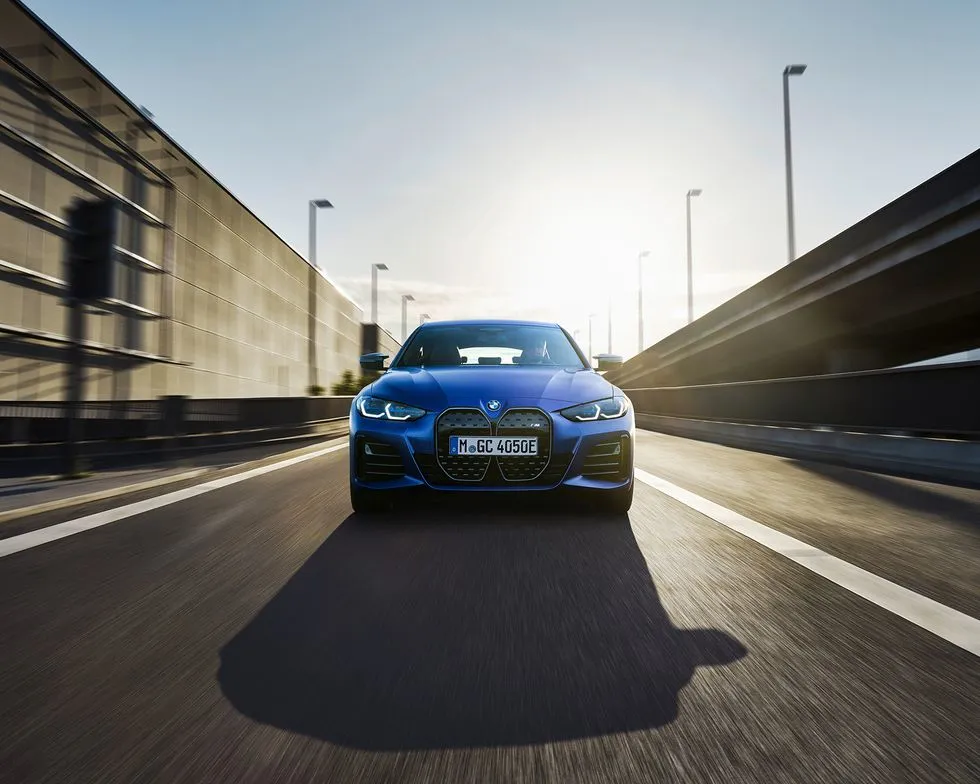
Comparing with Tesla Model 3 is meaningless.
Since BMW announced the i4, many netizens have speculated whether the i4 will compete head-to-head with the Tesla Model 3. However, in terms of price, this competition is not valid. From the current situation in the Chinese market, there is no model that closely resembles the i4 and can form a competitive relationship unless the upcoming Mercedes-Benz C-Class pure electric version and the Audi A4 pure electric version appear in the future.
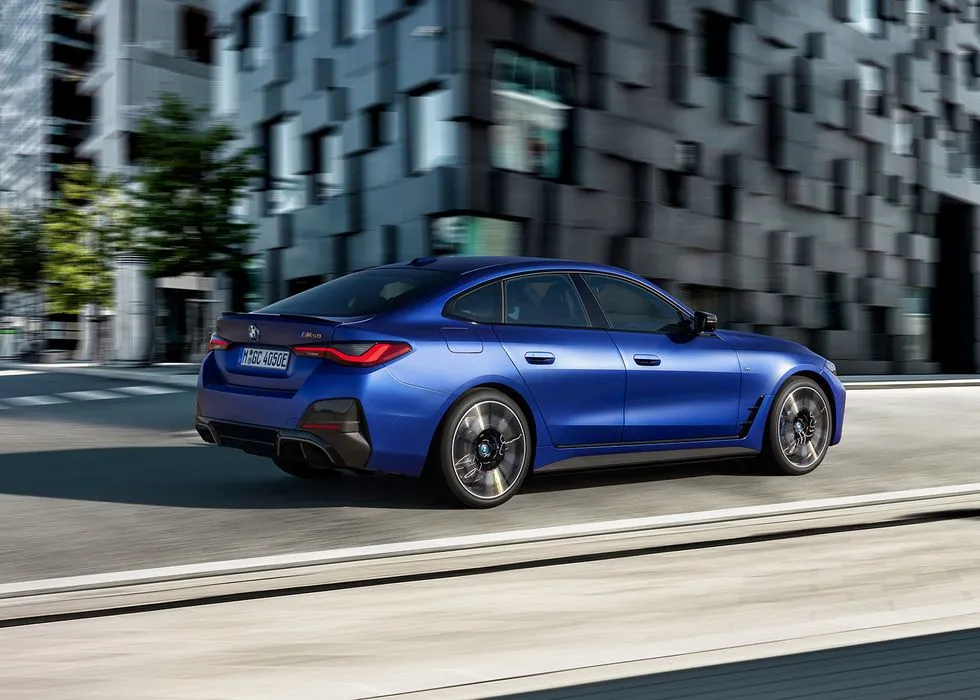 In the development process of China’s automobile market for many years, a barrier has formed between luxury brands and ordinary brands. Passat, Teana, and Accor are all B-class cars, but users who buy luxury brand B-class cars do not even consider them. Of course, luxury brand fans cannot accept the “bare-bones” interior and mediocre chassis damping experience of the Model 3. “Luxury” and “human care” are the first car purchase factors for this type of consumer. Although the Model 3 is the leader in the field of smart cars, it cannot unlock the potential users of luxury brands in a short period of time.
In the development process of China’s automobile market for many years, a barrier has formed between luxury brands and ordinary brands. Passat, Teana, and Accor are all B-class cars, but users who buy luxury brand B-class cars do not even consider them. Of course, luxury brand fans cannot accept the “bare-bones” interior and mediocre chassis damping experience of the Model 3. “Luxury” and “human care” are the first car purchase factors for this type of consumer. Although the Model 3 is the leader in the field of smart cars, it cannot unlock the potential users of luxury brands in a short period of time.
BMW iX, Changing the Interpretation of Luxury
The brand new BMW iX has a range of up to 630 kilometers under the WLTP standard, and a minimum energy consumption of 19.4 kilowatt hours per 100 kilometers. The dual-motor drive system brings a maximum output power of 385 kilowatts and accelerates from zero to 100 kilometers per hour in 4.6 seconds. The new car will be launched within this year, and two models will be available at the time of launch: BMW iX xDrive40 and BMW iX xDrive50.
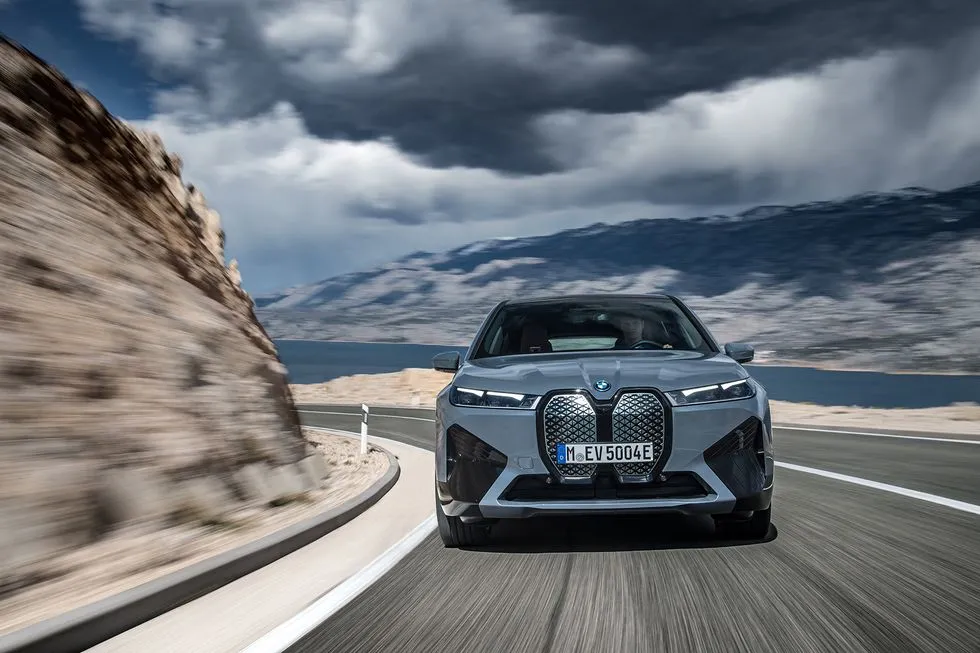
In terms of hardware, the BMW iX is equipped with front double-wishbone and rear five-link suspension, air suspension, electronic control shock absorber, xDrive all-wheel drive, rear active steering, integrated brake system, and 17-inch large brake discs. In addition, the BMW iX also has innovative functions and configurations such as a geometrical polygonal steering wheel, simulated electronic sound waves, a newly designed aerodynamic wheel hub, and low rolling resistance and noise-reducing tires, providing users with the best driving experience.
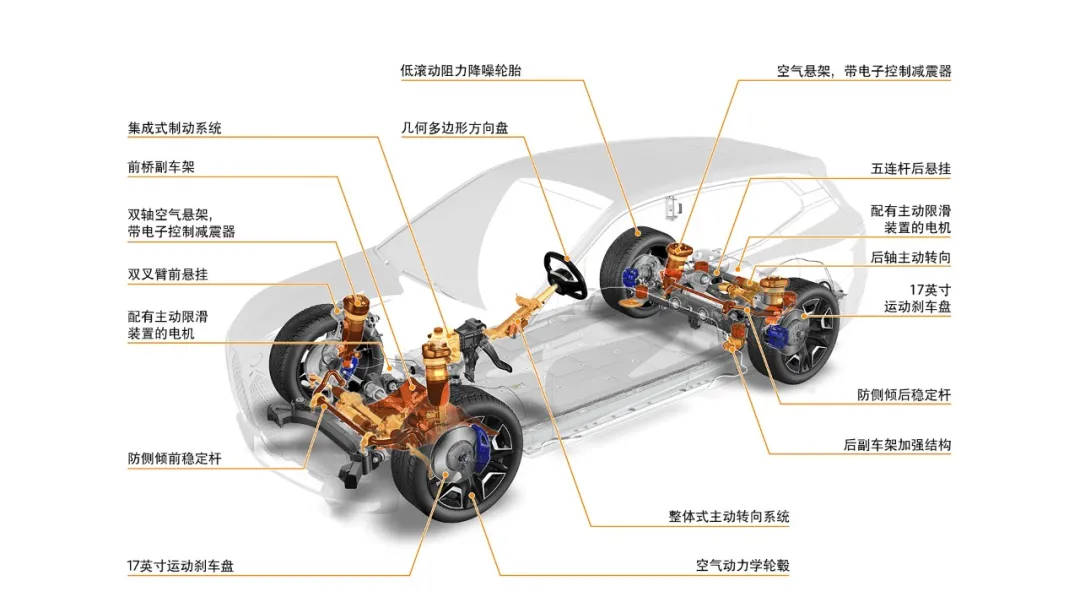
In terms of assisted driving, the BMW iX is BMW’s first model equipped with an 8 million pixel front-facing camera and a front radar system with a monitoring range of up to 300 meters. The intelligent environmental perception system is composed of five cameras, five radar sensors, and twelve ultrasonic sensors and can achieve mainstream assisted driving functions currently available on the market.
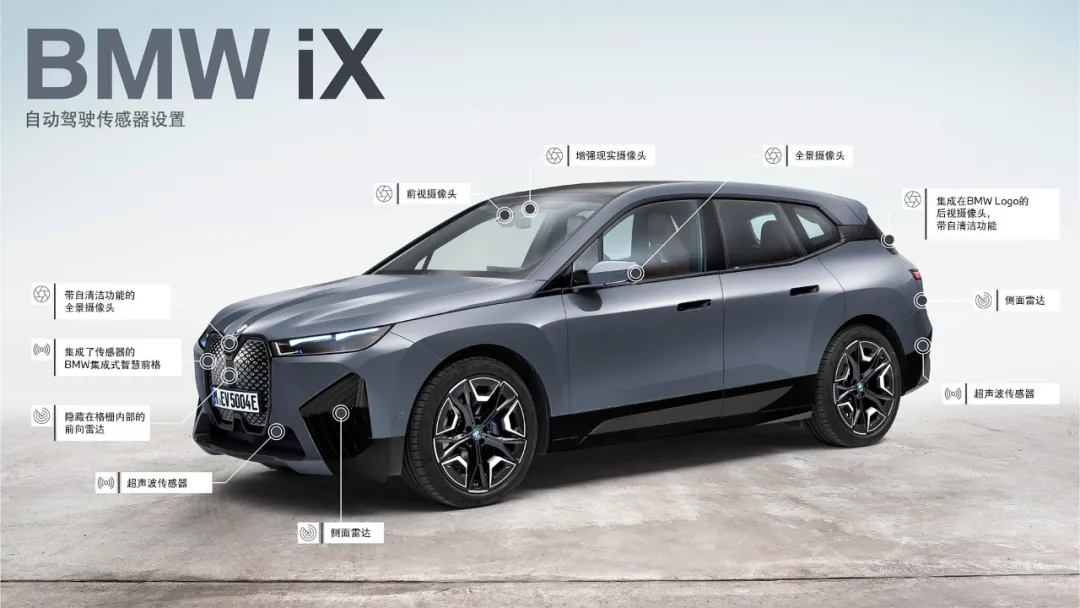 In the current market of luxury electric vehicle brands, BMW iX and Mercedes-Benz EQS are the flagship electric vehicles of their respective brands. However, we can clearly see that these two cars are presenting the electrification era of luxury in different ways. Mercedes-Benz EQS’s luxury route is to maintain the traditional luxury style through technological innovation. The huge Hyperscreen+AR HUD, multi-scene gesture interaction are technological innovations, and the inherited ambient light strip is also indispensable. In fact, Mercedes-Benz is also in a dilemma now. After all, the consumers of their flagship models are still mainly from an older age group. If the style changes too much, it will be difficult to win the favor of old customers.
In the current market of luxury electric vehicle brands, BMW iX and Mercedes-Benz EQS are the flagship electric vehicles of their respective brands. However, we can clearly see that these two cars are presenting the electrification era of luxury in different ways. Mercedes-Benz EQS’s luxury route is to maintain the traditional luxury style through technological innovation. The huge Hyperscreen+AR HUD, multi-scene gesture interaction are technological innovations, and the inherited ambient light strip is also indispensable. In fact, Mercedes-Benz is also in a dilemma now. After all, the consumers of their flagship models are still mainly from an older age group. If the style changes too much, it will be difficult to win the favor of old customers.
On the contrary, BMW completely breaks away from the shackles of traditional luxury. They present luxury on the iX by using the concept of digitalization and sustainable development. In terms of interior design, BMW iX presents a simple design style as a whole, with a floating dual-screen for the center console, together with a touchpad and knob with buttons, forming the entire iDrive 8 control unit. At the same time, the details of the interior also incorporate crystal carving craftsmanship. Compared with the overbearing luxury of EQS, the interior of BMW iX is more concise, embodying the design concept of less is more.
The materials used in the interior reflect the concept of sustainable development. The control panel on the center console of the car adopts FSC-certified sustainable wood; the interior and fabric are made of a large amount of recycled materials, such as the fabric/microfiber interior, which uses 50% recycled polyester fiber materials, and the carpet and floor mats use 100% recycled nylon materials. The manufacturing process is more environmentally friendly, and the leather uses olive leaf extract processing instead of traditional tanning agents. These extracts come from tree leaves collected every year after olive groves are pruned in Europe.# The Technological Innovation of the BMW iX in Exterior Design
One of the major technological innovations of the BMW iX in terms of exterior design is the intelligent grille. At first glance, one might think that it is simply made up of two simple decorative plates with parameterized texture design, but in order to achieve dual-color texture and good visual effects, BMW has put a lot of effort into the production process of the entire grille. The production process used the latest molding and surface treatment technologies in the field of polymer materials, while also ensuring that the radar integrated in the grille has good radar wave penetration. To cope with the impact of rainy and snowy weather on the radar and camera, heating wires and camera cleaning devices are also installed on the grille. The surface coating of polyurethane can enable the grille to achieve self-repair of scratches, which can be repaired at room temperature for 24 hours or under hot air of level 5.
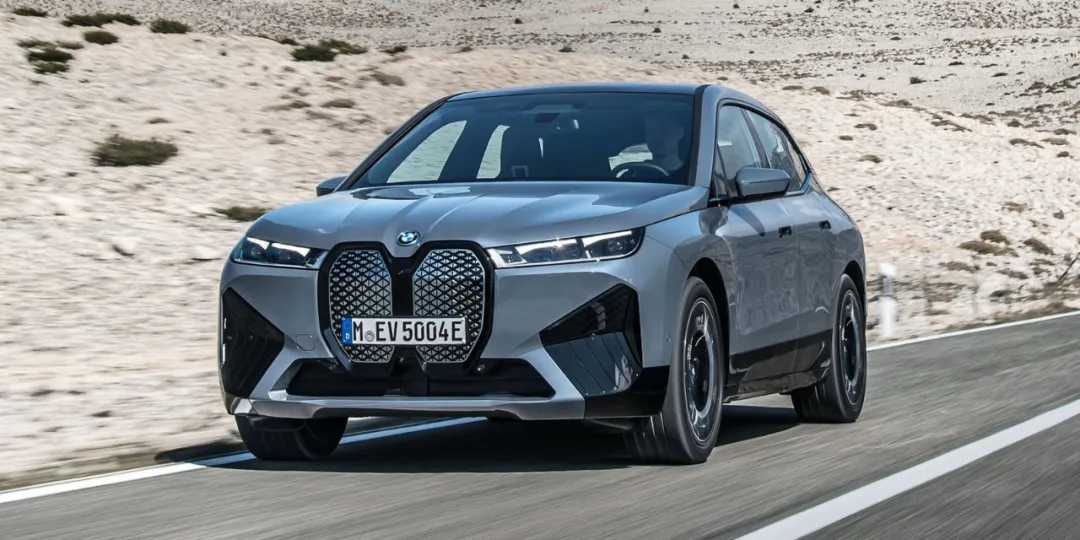
What we see on this BMW iX is BMW’s understanding of the next generation of luxury cars. This sense of luxury does not lie in appearance, but in the emotional impact generated by users after deep understanding of the product, just like BMW calls its technology “Shy Tech.”
BMW is No Longer Afraid of Electrification
We have been talking about the need for traditional luxury brands to embrace electrification. However, I believe that in addition to determination, they need more ideas, especially in the Chinese market. The all-new BMW i4 is positioned more down-to-earth, and instead of obsessively creating an icon, it is more important to let more consumers get to know, understand, and consume BMW’s electrified products, so that more people can understand how much strength BMW has in the era of electrification. The all-new BMW iX is a brand new attempt. What kind of chemical reaction can the integration of technology with sustainable development concepts bring? We are very much looking forward to seeing the market’s feedback.
This article is a translation by ChatGPT of a Chinese report from 42HOW. If you have any questions about it, please email bd@42how.com.
